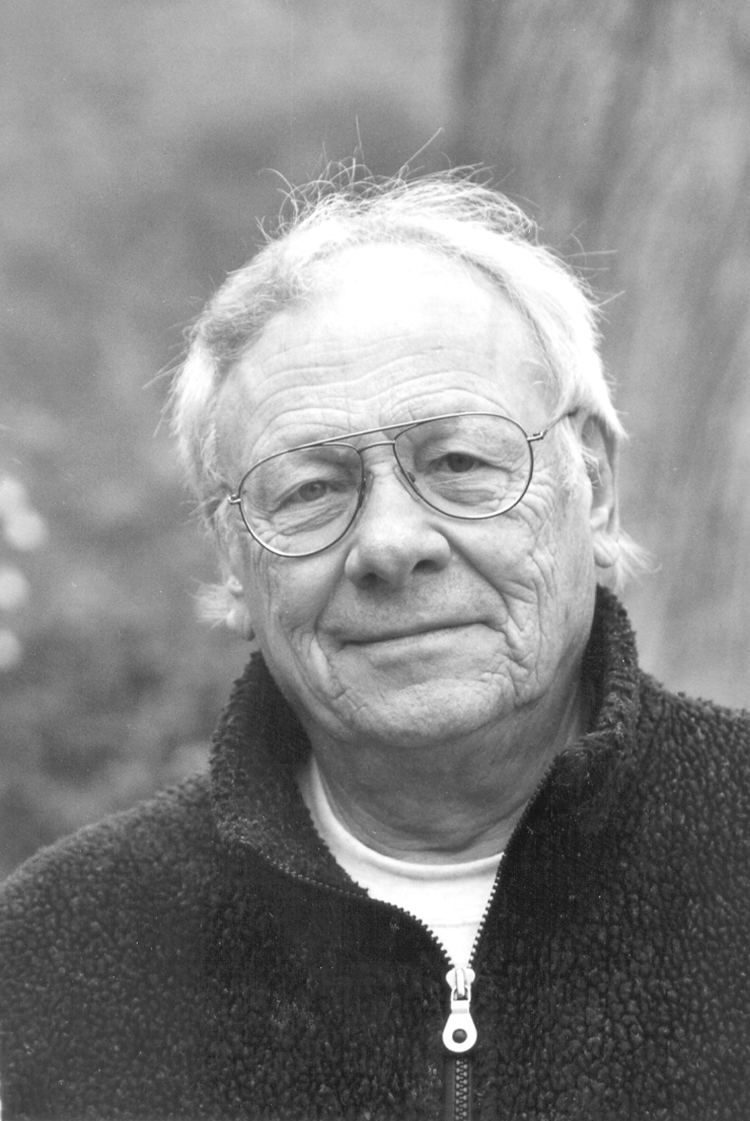Benefits Placebo | ||
 | ||
Zero balancing is a type of manual therapy devised by Frederick "Fritz" Smith in the 1970s. Smith proposed that a kind of energy field within the human body could be affected by bodily manipulations, so bringing health benefits. The practice teaches that currents of energy are stored within the human skeleton, and that these affect both physical and mental wellbeing.
Contents
Zero balancing is pseudoscientific.
Description
According to Frederick Smith, the founder of zero balancing,
"Zero balancing teaches that the deepest currents of energy are in bone, that memory can be held in tissue, that energy fields in the body underlie mind, body and emotions, and that imbalances in the field precede pathology".
The Zero Balancing Health Association say that zero balancing "uses skilled touch to address the relationship between energy and structures of the body".
The concept underlying zero balancing is based on vitalism and it is a type of pseudoscience. Skeptic and lawyer Jann Bellamy has written that zero balancing is "a perfect example of how a promoter can fabricate a treatment and sell it to credulous clients and practitioners".
History
Fritz Smith was born in 1929, trained and licensed as an Osteopathic Physician and Surgeon in 1955 and received an M.D. in 1961 in the state of California.
During the late 1960s, Smith studied with several teachers at the Esalen Institute in Northern California, among them Ida Pauline Rolf, founder of Rolfing Structural Integration and J. R. Worsley, founder of the College of Traditional Chinese Acupuncture in London, England. Under Worsley, Smith became the first American to earn the Diploma of Acupuncture at the College of Traditional Chinese Acupuncture in London, in 1972. He also studied with Swami Muktananda, the founder of Siddha Yoga.
Smith began to integrate principles of traditional Chinese medicine with his osteopathic and Structural Integration training. This led him to develop the manual touch therapy system of zero balancing in the early 1970s. The name came about when someone receiving his work described their feeling after the experience as "I feel so well-balanced, like I'm zero; zero-balanced."
Smith is the author of many articles and two books, Inner Bridges: A Guide to Energy Movement and Body Structure and Alchemy of Touch: Moving Towards Mastery Through the Lens of Zero Balancing.
Training
In 2004 The Times reported that becoming a zero balancing practitioner required less time than many other therapies, about 15 days of classroom time plus additional case work and supervised sessions.
As of 2009 there were about 700 practitioners.
Reception
The practice is considered a placebo by skeptics. Clinical professor and orthopedic surgeon Richard Coughlin said "I'm a bone doctor and what's in there is all circulatory; I'm less likely to think my sensory input is coming from my pelvis."
QuackWatch lists the Zero Balancing Association as one of about 750 "questionable organizations."
